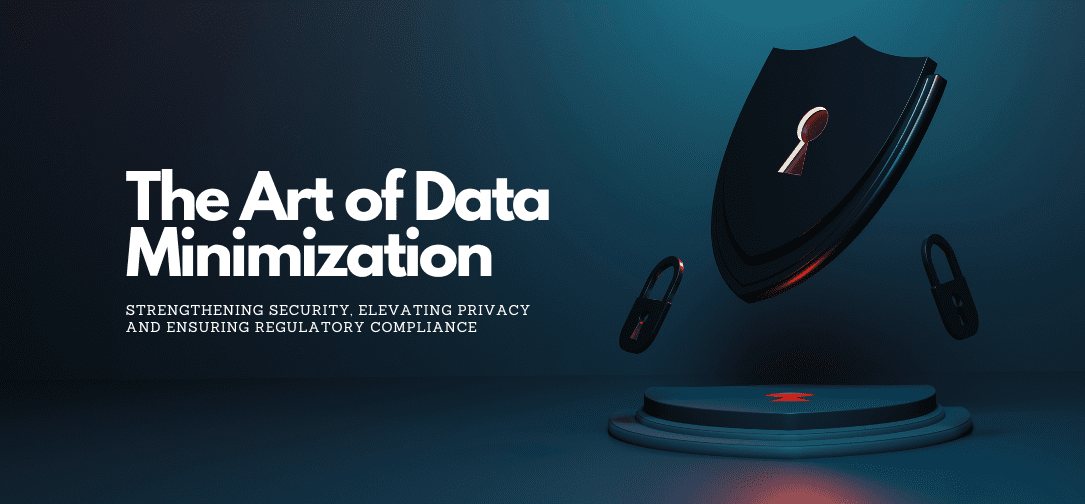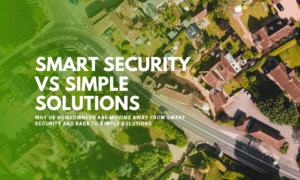Managing the sheer volume and complexity of data generated daily poses an unprecedented challenge for organizations in the modern digital landscape. This exponential data growth, fueled by technological innovations and widespread digital adoption, presents significant cybersecurity and compliance risks. Organizations need effective data minimization and governance strategies to maintain control over their valuable assets and address security, privacy, and regulatory concerns.
With this expansion of digital footprint, organizations grapple with critical data management questions. How much data is stored in the environment? Where is sensitive data stored? Is it adequately protected from emerging threats like data breaches, ransomware, or malicious insiders? Who owns the data? Which data is obsolete, abandoned, or redundant? Which data can be deleted? Evolving regulatory standards around data privacy and compliance further amplify these concerns, making data management a top business priority.
Strategic Solution for Data Management
To tackle these data-related challenges, organizations require the ability to gain insight into their environment and make informed decisions regarding their data — determining what data needs protection and what should be purged. These capabilities include:
Data Asset Identification: This involves the determination of the organization’s unstructured and structured data assets. By mapping out where all data resides – from cloud to on-premise environment – companies can begin to understand the scope of their data landscape.
Data Discovery: The process of data discovery goes beyond mere identification. It involves understanding the nature of the data, its relevance to business operations, and its compliance requirements. For instance, a company handling customer data must comply with GDPR, necessitating a thorough understanding of where and how this data is stored.
Data Classification: Effective data classification segregates data based on sensitivity and relevance. For example, personal information, intellectual property, and financial records are susceptible and require stringent protection compared to general operational data.
Data Minimization: In the spirit of ‘less is more,’ data minimization involves systematically purging redundant, outdated, or abandoned data. This streamlines data management, significantly reducing storage costs and improving data processing efficiency.
Access Analytics: Enforcement of strong access management requires a detailed understanding of who has access to sensitive data and where sensitive data is overexposed. Access analytics can uncover potential vulnerabilities, like elevated privileges to sensitive data, third-party access, or permissions to former employees, thereby bolstering data security.
Data Governance: Data governance encompasses policies, procedures, and standards that ensure data is used and managed appropriately. It’s about having a clear framework for data usage, protection, retention, and storage, essential in a landscape where data breaches are increasingly common, and privacy regulations are a mandate.
Enhancement of Security, Privacy and Compliance
Managing the vast oceans of data in today’s digital era requires a holistic approach. Through the integration of data protection and access management, coupled with robust program governance, consistent processes, and technology automation, organizations can effectively minimize unnecessary data that no longer provides value to their business and focus time and energy on safeguarding what truly matters. This will not only allow them to shrink their digital footprint and reduce costs but also address diverse concerns related to security, privacy, and compliance. Finally, as we move further into the digital age, the ability to effectively manage data will not just be a competitive advantage–it will be a necessity.
































